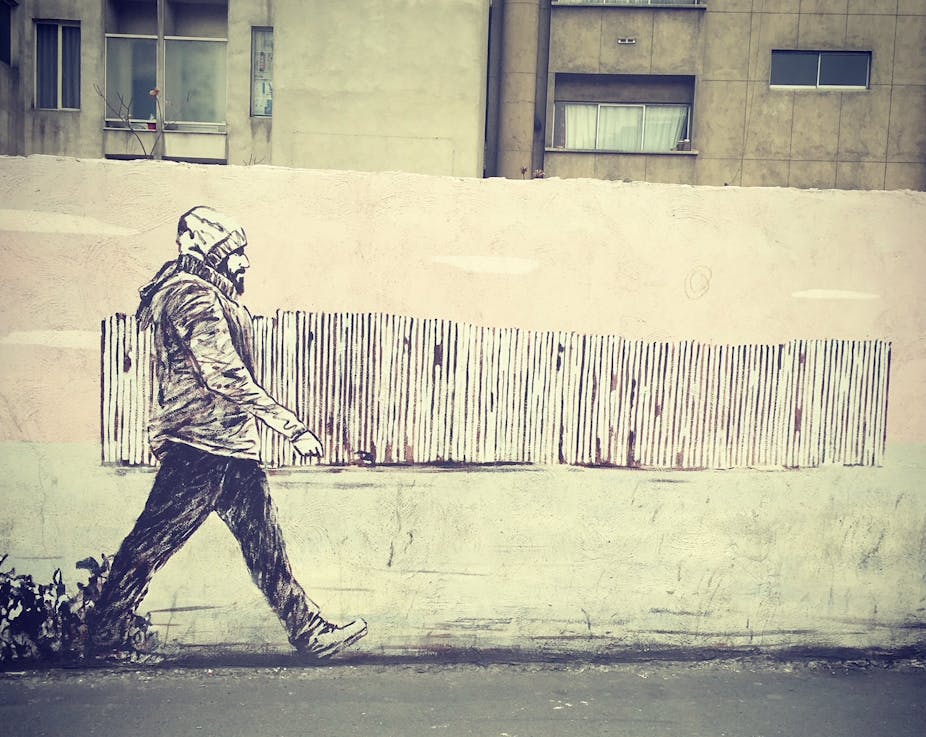The Iranian economy under pressure from international sanctions yet again. And, with British Airways and Air France ending their connecting flights, the country might see an unprecedented wave of investors fleeing to more auspicious shores. As the economic situation deteriorates, Iranians are experiencing a severe crisis. Those with the lowest incomes are suffering the most, and workers are raising their voices and claiming wages and better conditions.
Throughout recent months, a wave of labour protests has hit Iran. Between May and June and again at the end of July, truck drivers went on strike, taking to the streets and hindering traffic on major roads. Protesting low wages and lack of job security, they called for higher salaries and pensions, and demanded better working conditions.
Unpaid wages and insurance have been at the core of Haft Tapeh Sugar factory workers’ sit-ins and strikes, which began in January and repeatedly hit the headlines of the Iranian Labour News Agency (ILNA) in July and August.
In May, 900 workers from Iran’s Heavy Equipment Production Company (HEPCO) organised a collective action over the same issues: layoffs and non-payment of wages.
Not everything is about politics and regime change
When it comes to upheavals in Iran, Western media coverage in particular tends to automatically connect public and organised expressions of dissent to political grievances meant to bring about a regime change.
However, a closer look to strikers’ slogans and statements point primarily to economic demands, such as factories to be returned to state supervision, as well as claims for labour rights, requests for workers’ independent representation and an end to temporary contracts. A wider social gap is putting president Hassan Rouhani’s government under pressure.
Misreading labour domestic strikes can lead to an incorrect interpretation of the current domestic situation. This permeates a context where US president Donald Trump displays ostentatious benevolence toward “the Iranian people”.
Yet severe political measures have been carried out by the American administration, hitting ordinary Iranians first. In fact, after quitting the agreement signed in 2015 with the P5+1 countries, the European Union and Iran, the United States imposed a new wave of sanctions against the Islamic Republic. Iran’s economy has been hit hard, as the country’s currency, the rial, has fallen to record lows.
Complex roots of the Iranians’ outcry
International coverage of the revolts that took place between December 2017 and January 2018 seemed to have been unable to grasp the complex roots of the Iranians’ outcry and to understand them as the outcome of a process.
Labour demands have a deep bond with the post-revolutionary history of the Islamic Republic and the development of its political discourse. The latter has evolved ever since the 1979 revolution following the society’s transformation and has lately shifted its focus from the masses of mostazafin (that is, the oppressed) to the middle classes.
Workers’ protests are not new to Iran. In 1979, the revolution would not have been able to paralyse the Shah’s state machine without the working class. Once established, the Islamic Republic survived various waves of uprisings. Between 1991 and 1995, repeated mobilisations took place, from Tehran to Shiraz, passing by Tabriz, Mashad and Qazvin. Masses of demonstrators took to the streets calling out for food, jobs and housing, and protesting rising prices. Urban poor and squatters were at the core of the disputes. Labour strikes increased sharply, with 2,000 mobilisations reported only in the first half of 1991.

Backlash of the cult of entrepreneurship
Demonstrators have recently brought to the street a general frustration against worsening living standards, within a system of production and neo-liberal policies dating back to the 1990s.
President Hashemi Rafsanjani started the process of economic liberalisation during the “reconstruction” era after the Iran-Iraq war (1980-1988). From then on, the cult of entrepreneurship has taken hold. In this paradigm of economic opening and launch of the private sector, temp agencies have increased their role, while multiple labour reforms have weakened workers’ bargaining power.
In 2005 and 2006, bus drivers marched to demand higher salaries and safer work conditions and were repressed. In June 2009, the re-election of conservative and populist President Mahmoud Ahmadinejad triggered a new wave of unrest. While young activists called for a general strike, the bulk of the organised working class did not react. Instead of fair salaries and social justice, the Green Movement slogans were calling for social liberties and civil rights. Other protests, smaller but organised, occurred between 2011 and 2016, when workers as well as teachers, drivers and nurses kept on raising their voices for their rights.
Today, the class discourse is overwhelmingly present in Iran’s streets again, giving voice to deep social divisions that result from political rhetoric focussed on the enlargement of a productive middle class that largely leaves behind labour needs.
As a new wave of sanctions is looming, new protests are occur. Yet this not mean that these events can carry a revolutionary potential, due to a sharp social and political fragmentation, as well as a weak labour political activism.


